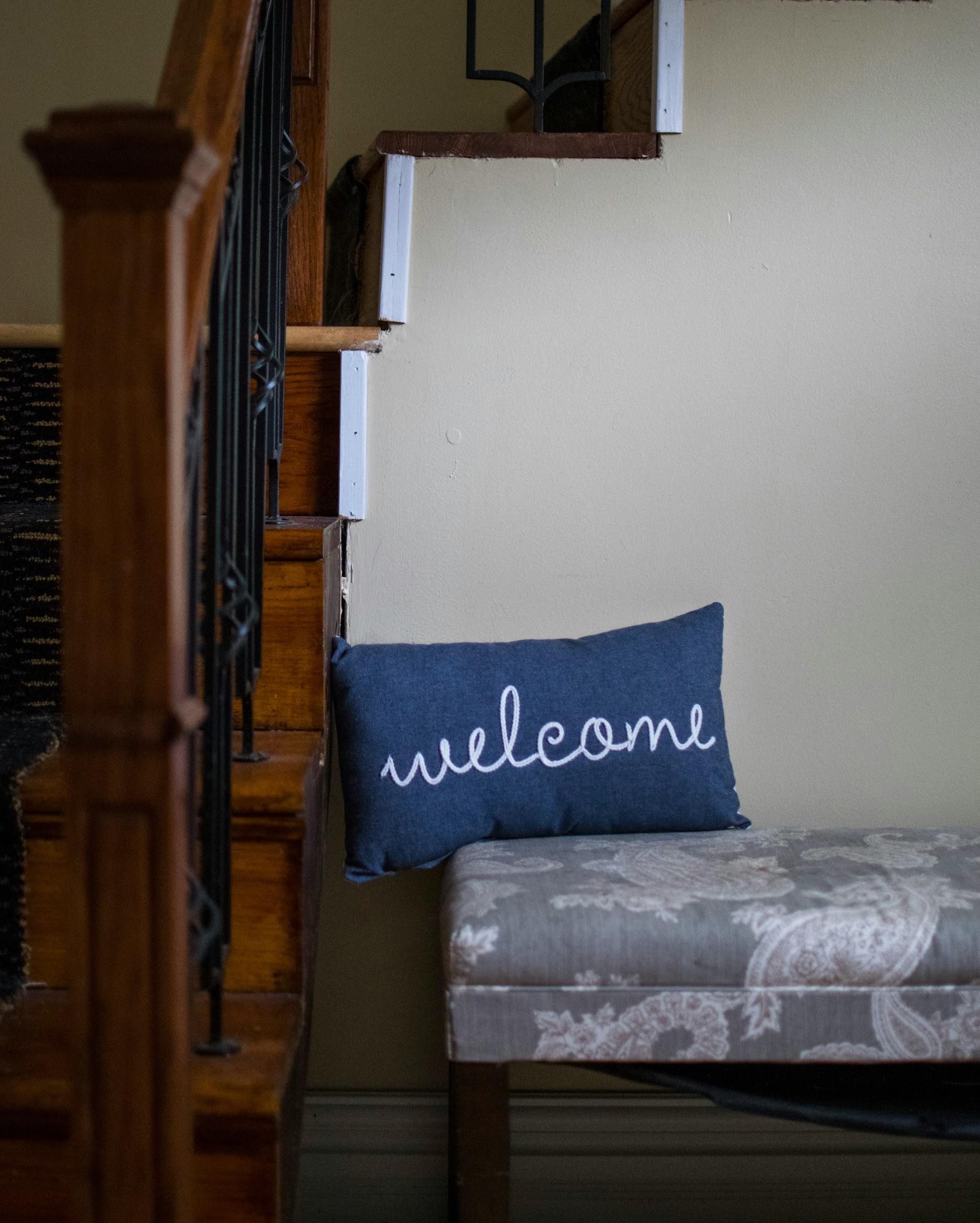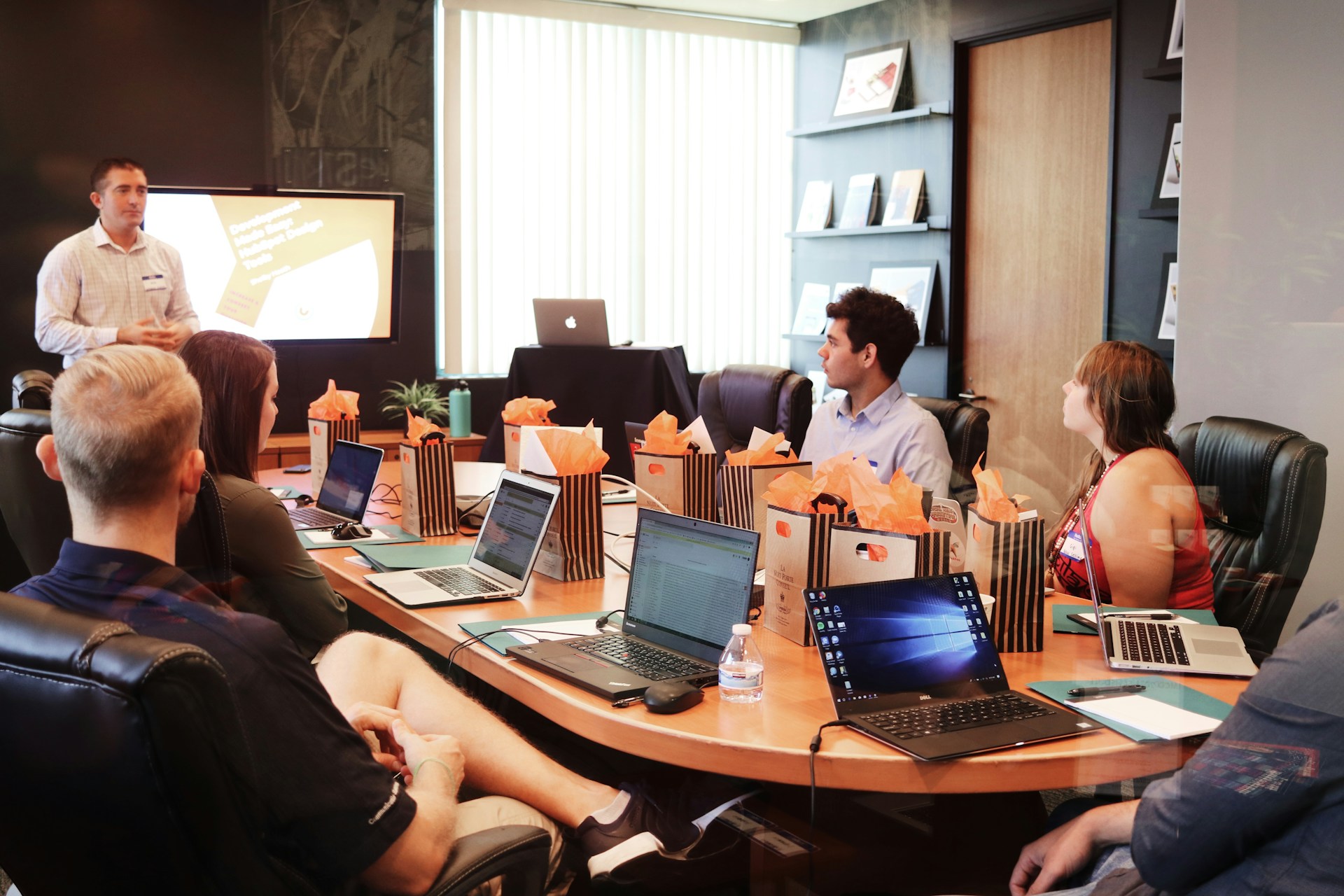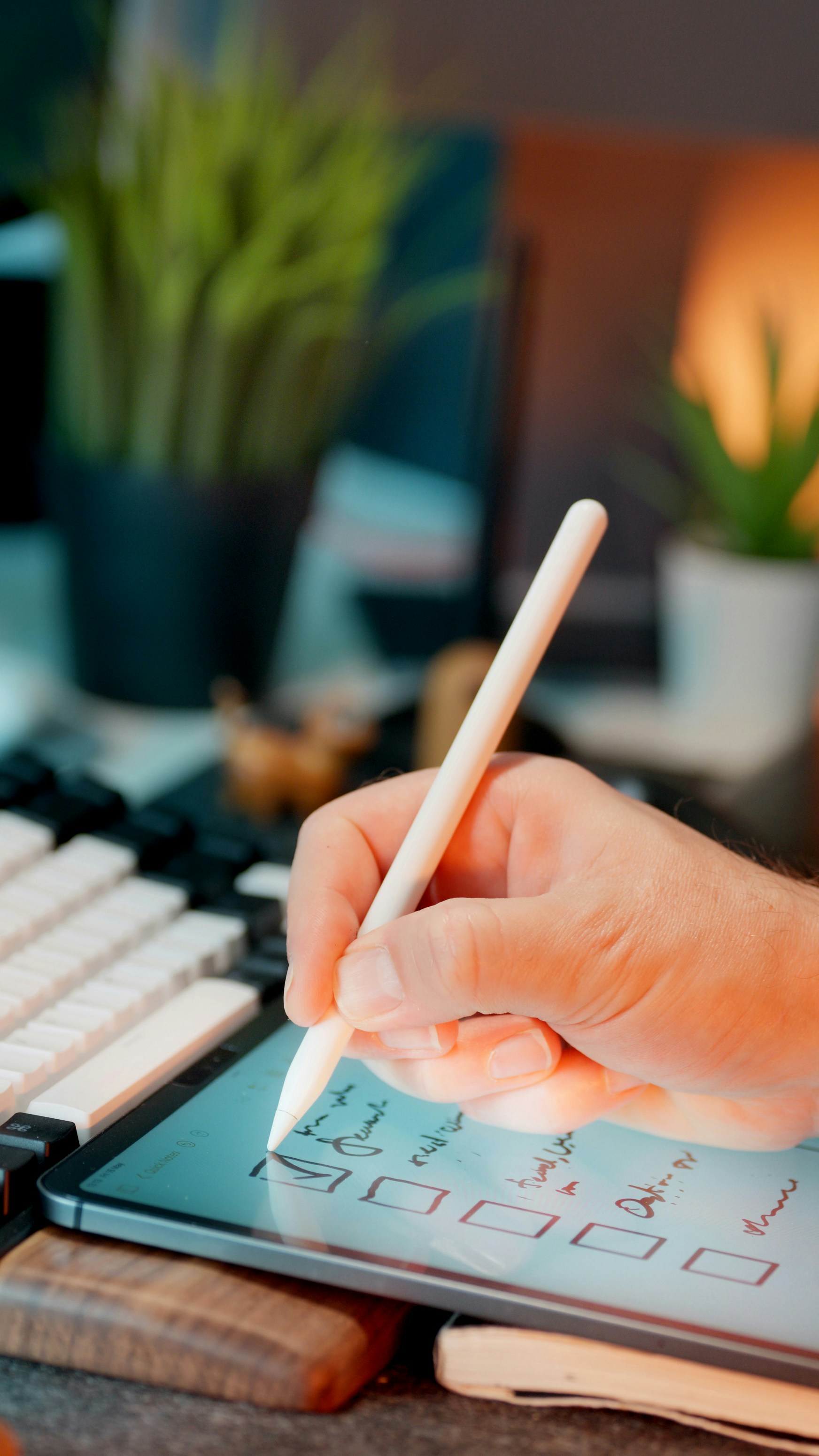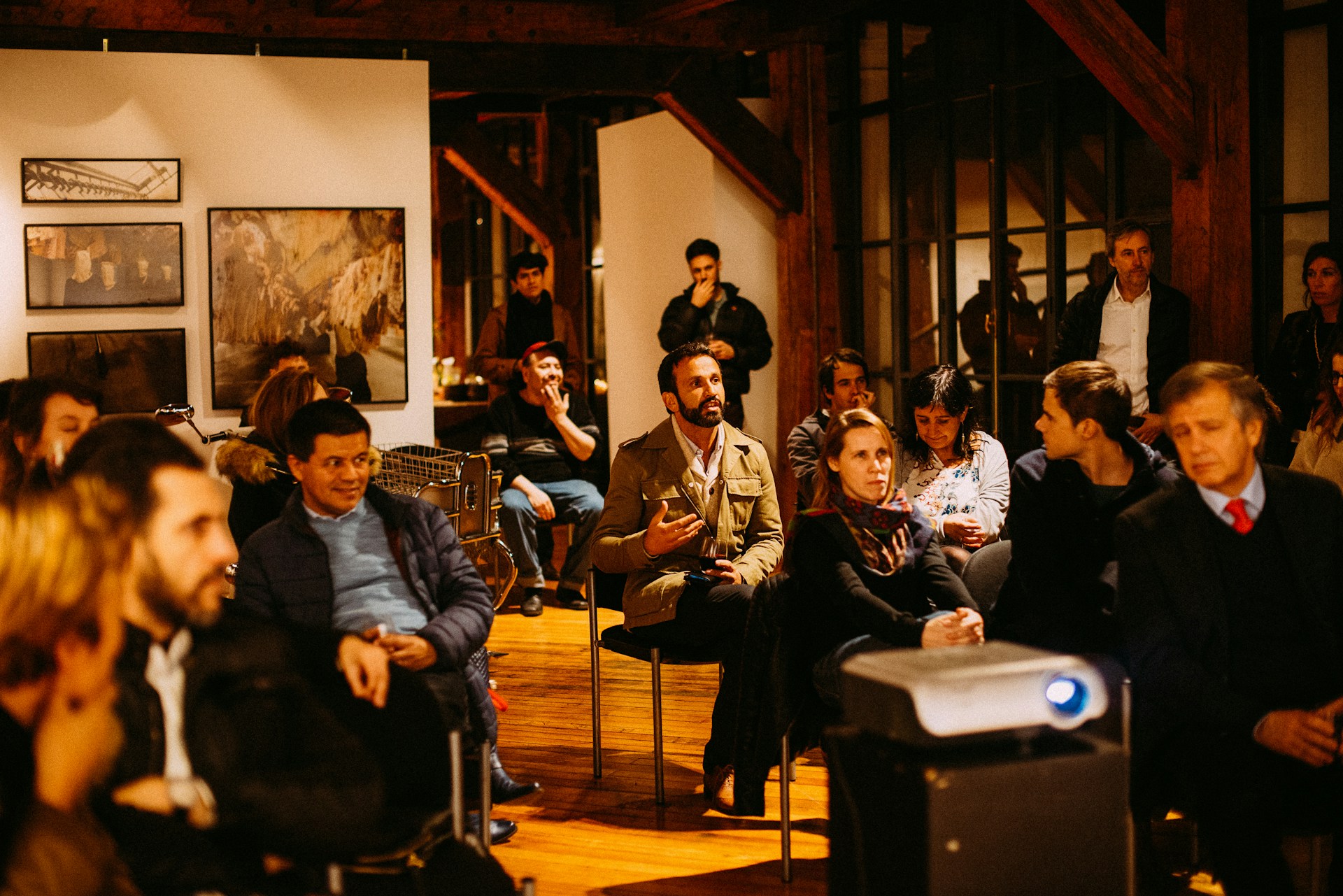

A great meeting room layout does far more than determine where people sit. The configuration of the space influences communication, comfort, creativity, focus, and the overall outcome of a meeting. When a room is well designed, participants feel more engaged and confident, which leads to better decision making and stronger collaboration.
Whether you are planning a board meeting, a workshop, a client presentation, or an internal brainstorming session, the layout you choose sets the tone. This guide explores the key elements that make a meeting room layout effective and offers practical ideas for creating spaces that support productivity in modern workplaces.
The physical environment of a meeting room has a direct impact on how people think, interact, and perform. Poor lighting, uncomfortable furniture, awkward seating angles, or ineffective acoustics can make even a short meeting feel draining.
On the other hand, a well considered space encourages equal participation, fluid conversation, and clear communication. When the room supports the purpose of the meeting, people connect more naturally and stay engaged for longer.
Comfort is essential for focus. If participants are uncomfortable, they will become distracted, restless, or fatigued. Ergonomic design ensures that the physical environment supports the natural posture and needs of those in the room.
Effective ergonomic features include adjustable chairs with proper back support, tables that can be configured for different meeting types, and practical accessories such as laptop stands or footrests. Small details make a considerable difference over longer meetings and help teams stay alert and productive.
Not every meeting benefits from the same layout. The best meeting rooms are adaptable and can be reconfigured quickly to match the intended style of communication.
Popular layout styles include:
Boardroom layout
Ideal for leadership meetings and client presentations. This format supports direct conversation and creates a structured atmosphere.
U shape layout
Well suited to workshops, training sessions, and collaborative problem solving. Participants can see one another clearly and engage naturally.
Classroom layout
Useful for seminars or teaching style sessions where participants need to take notes and face the presenter.
Theatre layout
Designed for larger groups. This arrangement maximises seating capacity and focuses attention on the speaker or presentation.
Lounge or circle layout
A relaxed format that works for brainstorming sessions, creative discussions, or informal team catch ups.
Choosing the right layout is about aligning the space with the purpose of the meeting.
Lighting has a significant effect on mood, energy levels, and the ability to focus. Natural daylight is ideal, as it reduces eye strain and improves alertness. Rooms with windows, skylights, or glass partitions feel brighter and more open.
When natural light is limited, use adjustable artificial lighting. Warm, dimmable lights are helpful during presentations, whilst brighter, cooler lighting works for task focused sessions. Avoid harsh overhead lights that create glare on screens or cause visual fatigue.
Light coloured walls and reflective surfaces also help amplify brightness within the room.
Modern meeting rooms rely heavily on technology, especially with hybrid and remote collaboration. Technology should enhance communication, not interrupt it.
Important features include:
High quality video conferencing equipment
Reliable wireless screen sharing
Large displays or interactive whiteboards
Accessible ports and power outlets
Stable Wi Fi
Simple controls that any team member can use confidently
When technology is intuitive, meetings run smoothly and participants stay focused on the content rather than the setup.
Clear communication is essential, so sound quality must be considered. Echoes, outside noise, and poor acoustics can quickly disrupt a meeting.
Effective soundproofing techniques include acoustic panels, carpets, soft furnishings, and properly sealed doors and windows. These reduce echo and prevent external noise from entering the room. High quality microphones and speakers also improve clarity during hybrid meetings.
Open layouts remove physical barriers and make group discussions more natural. These setups are ideal for creative workshops, project planning, or team building sessions.
The benefits include improved visibility between participants, faster idea exchange, and a more relaxed atmosphere. Flexible furniture that can be moved with ease helps teams shift quickly between group work, presentations, and discussions.
A productive meeting space is one where every participant can contribute comfortably and confidently. Accessibility should therefore be a priority.
Consider features such as wide pathways, adjustable desks, hearing assistance systems, and clear signage. Think about participants who use mobility devices, have visual impairments, or require specific sensory conditions. A well designed room ensures everyone feels welcome and included.
Biophilic elements introduce a sense of calm and improve concentration. Plants, natural textures, and warm materials soften the environment and reduce stress.
Options include potted plants, living walls, natural fibres, wooden finishes, and nature inspired artwork. These elements help create a balanced, uplifting atmosphere that makes meetings more enjoyable.
Different meeting types require different seating arrangements. Chairs and tables that move easily or fold away help teams configure the space to suit their needs. Standing tables are energising for quick sessions, whilst lounge seating works well for creative brainstorming.
Variety encourages interaction and helps people feel more at ease.
A meeting room is only effective when everything works as expected. Regular reviews help identify areas that need attention, such as malfunctioning screens, poor lighting, or worn furniture.
Maintain a routine cleaning schedule, check technology frequently, and keep essential supplies replenished. Well maintained rooms feel professional and reflect positively on the company.
The best meeting rooms combine comfort, functionality, adaptability, and atmosphere. From ergonomic furniture and natural lighting to strong acoustics and accessible design, every detail contributes to how people feel and perform.
Whether used for internal meetings or hired externally as part of a flexible workspace, a well designed meeting room boosts collaboration and supports meaningful conversations. When the layout matches the purpose, every meeting becomes more productive and engaging.

Business events are about more than presentations and cateri...

Business events shape how clients, colleagues, and partners...

Whether you’re hosting a client meeting, a creative workshop...

Turning a private property into a successful event space tak...

Success in venue hire isn’t just about filling the calendar...

London is full of options: sleek co-working rooms, boutique...

London is one of the world’s busiest business hubs, hosting...

Booking a meeting room seems simple, but timing can make all...

Organising a corporate party may look simple at first glance...

A great meeting room layout does far more than determine whe...

Corporate events management is the structured process of pla...

Planning an event in London can be time consuming and overwh...

Choosing the right venue is one of the most influential deci...

Free events are a popular strategy used by brands, communiti...

Private events are designed to feel personal, exclusive, and...

Choosing the right venue is one of the most influential deci...

The Best Corporate Party Theme IdeasA strong theme can trans...